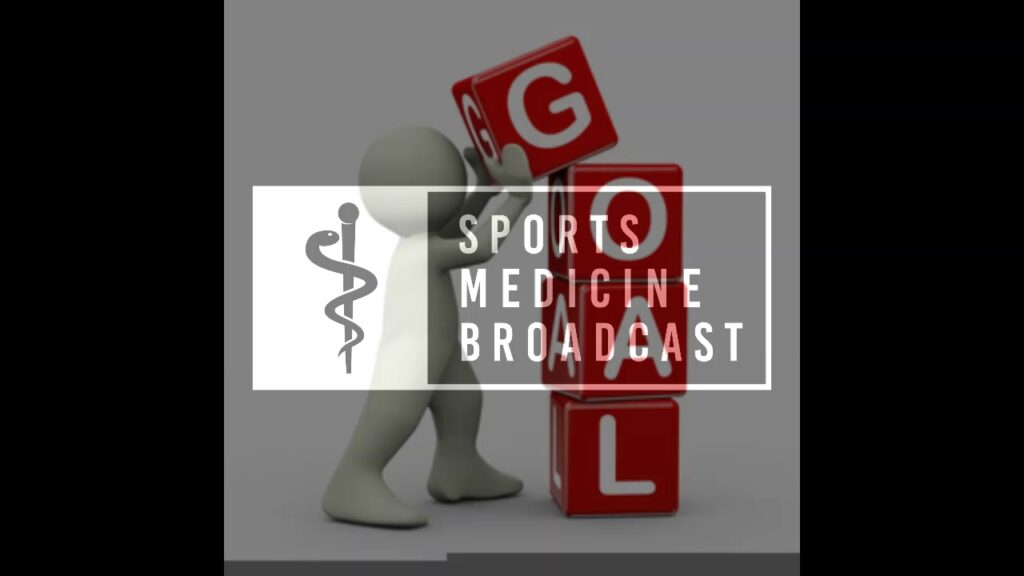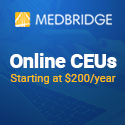Podcast: Play in new window | Download
Goal Setting can be awkward…”What do you mean what do I hope to get out of coming here today?”
I am trying to have a more Patient-Centered Approach to Athletic Training Services, but I have not found a good way for me to ask the questions that the students understand.
As a licensed AT and practicing PT Daria Oller knows the value of goal setting. She joins Ray Olivo and John Ciecko to try and make me less awkward…Good Luck.

What is “patient goal setting in rehab”?
Looking at objective measures
- ROM
- Strength parameters
- Rep or weight count
- Pain is an important measure – you can include subjective measures
- Do not say “the patient will be better”
- Use the SMART concept
- Specific; Measurable; Attainable; Realistic; Time-Bound
Working on them together
Recognizing them as a total person
Continually listening
How is it affecting the quality of life?
What is not “patient goal setting in rehab”?
If you take the patient out of the equation you are showing your ego… “I want the patient back playing in two weeks..”
A big failure is removing the patient from the equation
Having coaches dictate when an athlete or parent can return to play.
Daria: LongCOVID – I want to get back to running, walking, dancing. I am stubborn and would do them but then was just crashed out.
How I have asked:
“What is your goal for today?”
“What are you hoping to get out of coming in today”
“What are you wanting to hear after the evaluation?”
Thoughts on asking these goal-setting questions?
With kids, it may just be awkward because they are answering them for themselves the first time
- There are therapy goals and then daily goals
- They should still tie into what the overall goals are
John: Relationship building
- A majority of people will not know what their goals for the day are.
- What is the real question?
- Realistically you are talking about the history
- “How are you doing today?”
- “What have you learned today?”
- You use those things as clinicians to help them define their goals.
Remember the history and relationship with the kid and consider that as you are asking the “goal” question.
- We do not use a lot of objective goals because we do not have to report it, but they can be useful in motivating.
“How can I help you today?”
Ray Olivo – on helping patients set goals for their healthcare
Continue to ask questions to figure out who they are as a person rather than an injury
“How can we work together to get you to your goal?
Daria – the psychosocial is such a huge piece as well.
Some goal-setting is defined by statements such as: “I want to get on the floor with my kids/ grandkids and play but the pain is preventing it.”
Trying to document for insurance forces Daria to put all of the pieces together.
- Are there stairs in your apartment
- It sounds like you are saying this, this, and this. How can we work together to get better?
Example of “Goals” for athletes
Ankle sprain
- Walk pain-free
- Jog pain-free
- Run pain-free
- Practice pain-free
- Return to play
Instead of “Here is what you are going to do today.”
Maybe try:
“Here is what I feel like we need to work on how do think we can accomplish that?
John – I like to look at it as a department view
“What are our professional goals”
- We write them out and put them on the wall and it leads everything we did
You still need to have a goal as an AT to guide the patient’s recovery.
Celebrate small goals
In the secondary setting where we potentially see them every day, what should this look like?
John – The target – “what is your bullseye?”
Work backward from the outer rings to see how they get to the bullseye.
We keep soap notes and rehab sheets out for all of our athletes. Rehab charts are on the back of the soap notes.
WRITE THINGS DOWN
Daria – know the target and work out from there
8 weeks walking pain-free
So what steps can we use to get you there at 2 weeks, 4 weeks, and 6 weeks?
Ray– having them see their goal is important
Let’s take a picture of your ankle daily and compare it
Or lets video you walking and running
Each athlete is by appointment currently and they have an agenda for the day.
Ask them what their plan is
Other tips for implementing the patient goal setting in rehab?
Daria: Long-standing pain – the goal is not being pain-free, but finding distractions to keep his mind off his pain.
Certain hobbies and activities and helping him build those into their life and improving the ability to perform those tasks.
Ray: There are many ways to do goal setting.
IT’S ALL ABOUT THE PATIENT
John: Practice what we preach.
How are your goals going to help your patient population?
If you are good at setting your own goals it will show in your practice
Got tips for us?
Daria Oller – @OnTapPhysio
Goal Setting Resources
Setting Quality Goals – use the promo code “1FreeCourse” to earn some 2 CEUs related to the discussion.
Financial Supporters
Frio Hydration – Superior Hydration products.
Donate and get some swag (like Patreon but for the school)
HOIST – No matter your reason for dehydration DRINK HOIST
MedBridge Education – Use “TheSMB” to save some, be entered in a drawing for a second year free, and support the podcast.
Marc Pro – Use “THESMB” to recover better.




